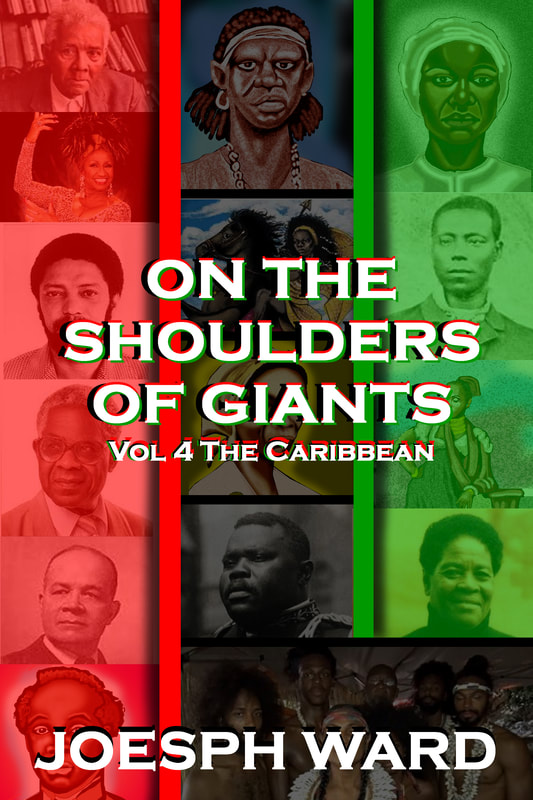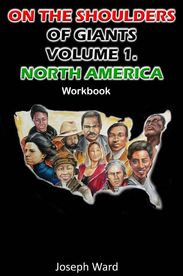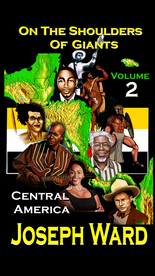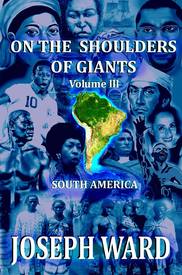|
In the early 1700s, the Trans-Atlantic Slave Trade swept across the Caribbean and the Americas, enslaved Africans were transported from the west coast of Africa to Europe, the Caribbean, and the Americas. A man known as Black Caesar was said to be an African chief who was very strong and intelligent. He would often use his strength and intelligence to avoid the capture of slave traders. One day, Black Caesar was engaging in conversation with a slave trader who was showing him a watch and other jewels, the slave trader also told tales of treasures and riches which enticed Caesar. Little did Caesar know; he was being lured onto a slave ship. By the time Caesar noticed what was happening, the ship was at sea and Caesar was being held at gunpoint by the crew of the ship. Caesar and several other Africans were kidnapped and shipped to the Americas. During the voyage to the Americas, Caesar became friendly with a member of the ship's crew, this is the only person Caesar trusted to take food and water from. During the voyage, the shipwrecked due to being consumed by a hurricane along the southern coast of Florida. Caesar and the sailor he befriended were able to survive the hurricane and shipwreck. The two men found shelter on an island off the coast of Florida. The legend of Black Caesar began to grow as Caesar and his companion robbed ships passing through the Florida Keys. Caesar and his friend would pretend they were shipwrecked to catch the attention of a passing ship. When the ship was in range, they would use a paddle boat to approach the ship, once aboard the ship, they would rob the passengers and often threaten to sink the ships. According to myths surrounding Black Caesar, he buried a large amount of his treasure in an undisclosed location on Elliot Key, the northernmost Florida Key. Black Caesar eventually killed his friend due to an argument over a woman. Black Caesar took the woman as his own and continued making a living as a pirate. He became a successful pirate during the “golden age” of pirates in the Caribbean. He built his own crew of pirates, started a brothel business, and continued to successfully overtake other pirates and ships passing through the Florida Keys. As time passed, Black Caesar joined forces with the legendary pirate Blackbeard. Black Caesar was a lieutenant within Blackbeard’s crew upon the flagship Queen Anne’s Revenge. Black Caesar’s time with Blackbeard did not last long. Blackbeard was defeated in a battle by Lieutenant Maynard, at Ocracoke Island, North Carolina. Caesar was attempting to blow up the ship to avoid being captured, but he was stopped before he could ignite a gunpowder magazine. He was eventually captured, taken prisoner, and hung for his actions. This story is interesting because the idea of a black pirate is not common. He was taken into slavery, escaped slavery, and made a living robbing those who were either engaged in the slave trade or benefitted from the slave trade. This is the story of the pirate Black Caesar. I hope you enjoyed it. J.A. Ward Click here to support the OTSOG book series. References: https://en.wikipedia.org/wiki/Black_Caesar_(pirate) https://www.britannica.com/story/black-pirates-and-the-tale-of-black-caesar https://www.crimemuseum.org/crime-library/international-crimes/black-caesar/ https://www.floridarambler.com/historic-florida-getaways/pirate-black-caesar-florida-keys/
0 Comments
In 1552, a slave revolt was led by a man known as Negro Miguel against Spanish slave owners at the San Felipe Mines, in Yaracuy Province, Venezuela. We do not know much about Miguel’s early life, but he was an enslaved African born in Puerto Rico in 1510. Slaveowner Damian del Barrio owned Miguel at the time, he transported Miguel to Venezuela to work the gold mines of San Felipe. Miguel became the property of Pedro del Barrio following the passing of Damian del Barrio. Pedro was the son of Damian. Miguel was a strong man but mostly known for his rebellious nature, intelligence, and quick wit. One day while Miguel was working in the gold mines, an abusive foreman was upset with Miguel and wanted to punish him. His intention was to tie Miguel up so he could punish him, but Miguel was strong enough to wrestle the foreman to the ground and take away the foreman’s sword. After taking the sword, Miguel was able to fight off the foreman and escape into the Cordillera de Merida mountains. Miguel was able to convince a few people to escape into the mountains with him. They used the mountains as their base where they created a Maroon community. Miguel and 19 other people were a part of the newly formed Maroon community of Buria, and they were the 20 people to raid the mines of San Felipe. They were able to overtake the Spanish guards and foremen, take their weapons, and gain full control of the mines. After capturing the mines, the former slaves punished the guards and foremen in the same fashion as they were punished before executing the guards and foremen. Following the raid of the mines, the Maroons continued to raid plantations freeing as many people as possible and leading them back to the Maroon community. Miguel became the King of the Maroon community of Buria, his wife was the Queen, and his son was the Prince. The legend of Miguel was growing while the Spanish were becoming more upset with opposition to their colonization. The Spanish wanted to delete the Maroons of Buria. Miguel led the Maroons to several victories against the Spanish. They would use various battle tactics to intimidate and neutralize the Spanish. In 1555, the Maroons gained a victory over the Spanish in the city of Barquisimeto. They were able to burn down a church, kill a number of Spanish settlers, and kill a Spanish priest. The Spanish and the Maroons were at war from 1552 to 1555. Late in 1555, the Maroons faced the Spanish led by Captain Diego de Losada at Barquisimeto. The Spanish troops outmatched the Maroons and defeated them. During the defeat, Miguel was killed, Maroons who were not killed were captured and severely punished for their involvement in the rebellions. The name Negro Miguel became an iconic name amongst the enslaved and indigenous populations of Venezuela. He was a regular man who refused to be abused and remain enslaved. He took his life into his own hands and literally look his freedom from the abusive slavemaster. He was able to create the Marron community of Buria and free as many people as possible. Miguel de Buria aka Negro Miguel, we proudly stand on your shoulders. J. A. Ward Click here to learn more about the OTSOG book series. References: https://www.blackpast.org/global-african-history/miguel-i-de-buria-1510-1555/ https://en.wikipedia.org/wiki/Miguel_de_Bur%C3%ADa https://www.venezuelatuya.com/historia/negro_miguel.htm |
Details
Categories
All
Click Here to join our mailing list
|
Contact Us: |
Connect With Us |
Site powered by PIT Web Design

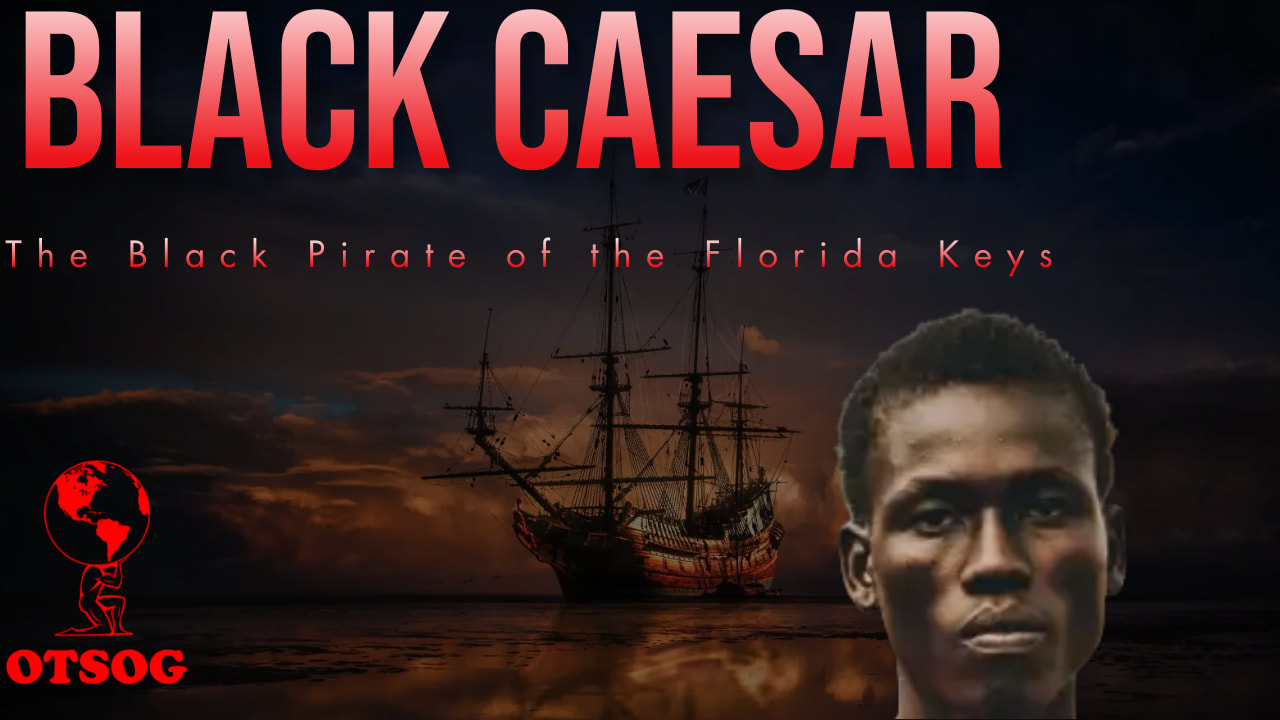
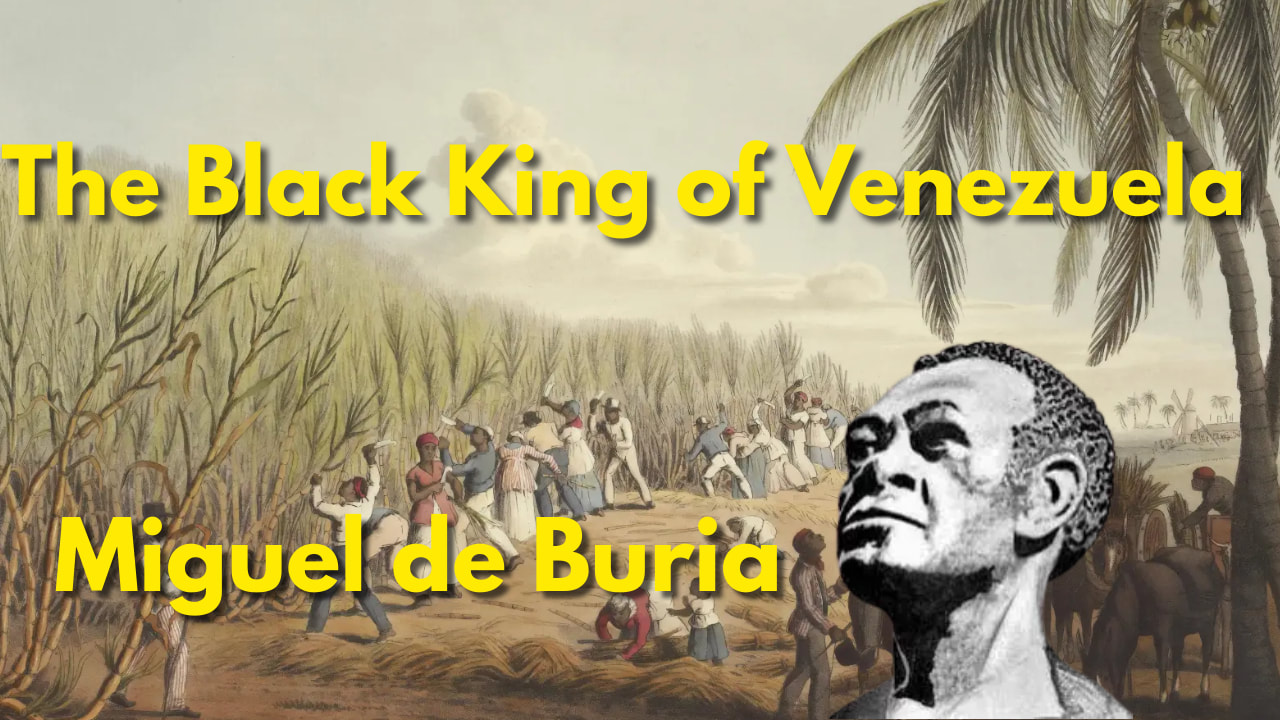
 RSS Feed
RSS Feed
